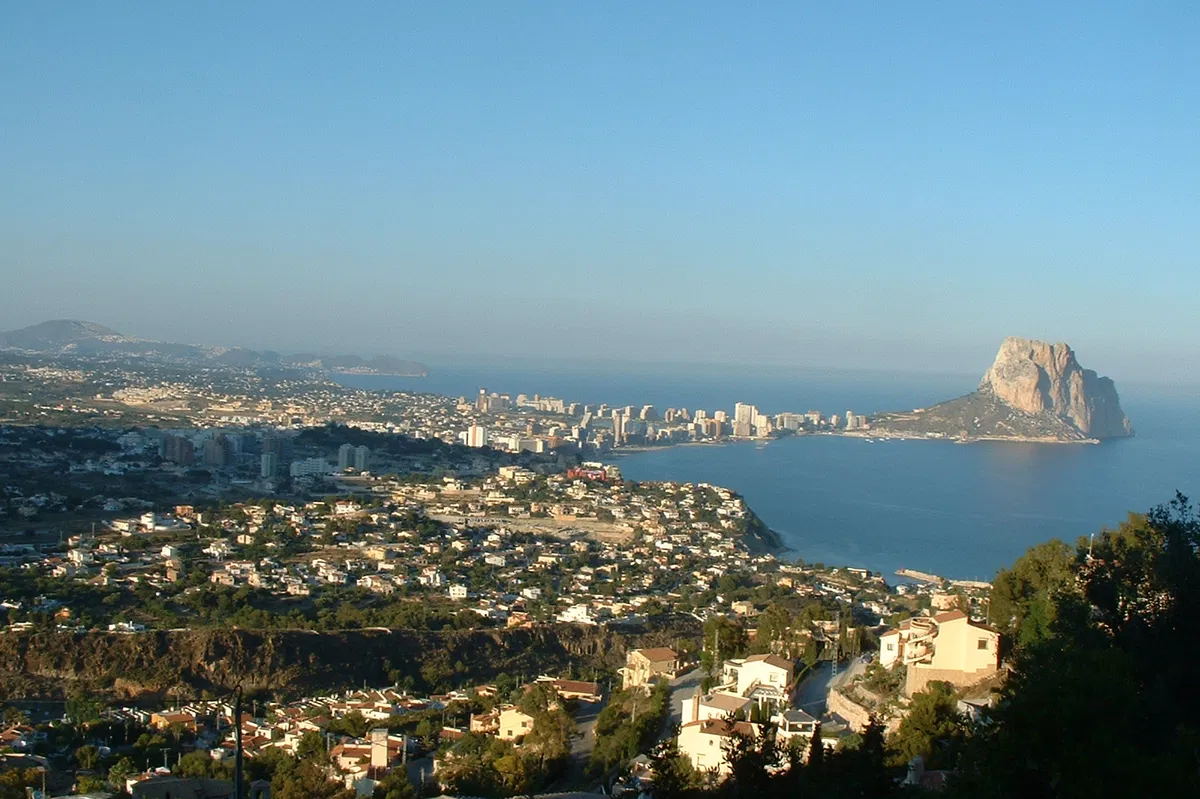Copyright euroweeklynews

Calpe has emerged as the only municipality in Spain where the foreign population outnumbers the national population. According to the urban indicators table published by the National Statistics Institute (INE) at the end of October, with data updated to January 2024, of the 26,637 residents recorded at that time, 53.1 per cent were of foreign origin. This figure is also on the rise: in the previous update, foreigners accounted for 52.2 per cent, almost a full percentage point lower. It is by no means a historical novelty that the foreign population in Calpe exceeds the local one. Even before the 2008 property crisis, foreign residents made up over 60 per cent of the town. What is striking, however, is that Calpe is the only Spanish municipality of more than 20,000 inhabitants where this occurs. Other large towns are also approaching the 50 per cent mark for residents with international backgrounds. Next in line among Spain’s municipalities with the highest proportion of foreign residents are l’Alfàs del Pi at 49.8 per cent (just two tenths behind Calpe), Adeje in the Canary Islands at 48.4 per cent, Torrevieja at 47.6 per cent, Níjar in Andalucía at 47.4 per cent, and another Marina Alta town, Javea, at 47 per cent. Foreign residents in Javea have also been increasing, up from 46.7 per cent in the last statistics. Following these towns are La Oliva in the Canaries, Lloret de Mar in Catalonia, and Arona, also in the Canary Islands. Foreign numbers could rise even further This demographic trend is particularly strong along the Valencian coast, where Calpe shines. According to the municipal profile produced by the Valencian Community, of the foreign population living in the town at the foot of the Penyal, 22.3 per cent come from European Union countries, 16.8 per cent from other European nations, 8.1 per cent from the Americas, and 4.3 per cent from Africa. The remaining 1.6 per cent originate from other parts of the world or are stateless. Calpe is also the second largest municipality in Spain for residents actually born abroad, accounting for 56.4 per cent of the population, narrowly behind Adeje in Tenerife, which stands at 56.5 per cent. These figures could soon rise even higher In March this year, the INE notified the town hall of its proposed population as of 1 January 2025, which was significantly higher: 27,614 residents, compared with 26,637 the previous year. This growth of 795 new residents, pending official confirmation, comes despite a long-standing issue in the municipality: according to the town hall, there are in fact many more foreign residents living in Calpe, but “hundreds” have yet to renew their registration on the municipal census.



